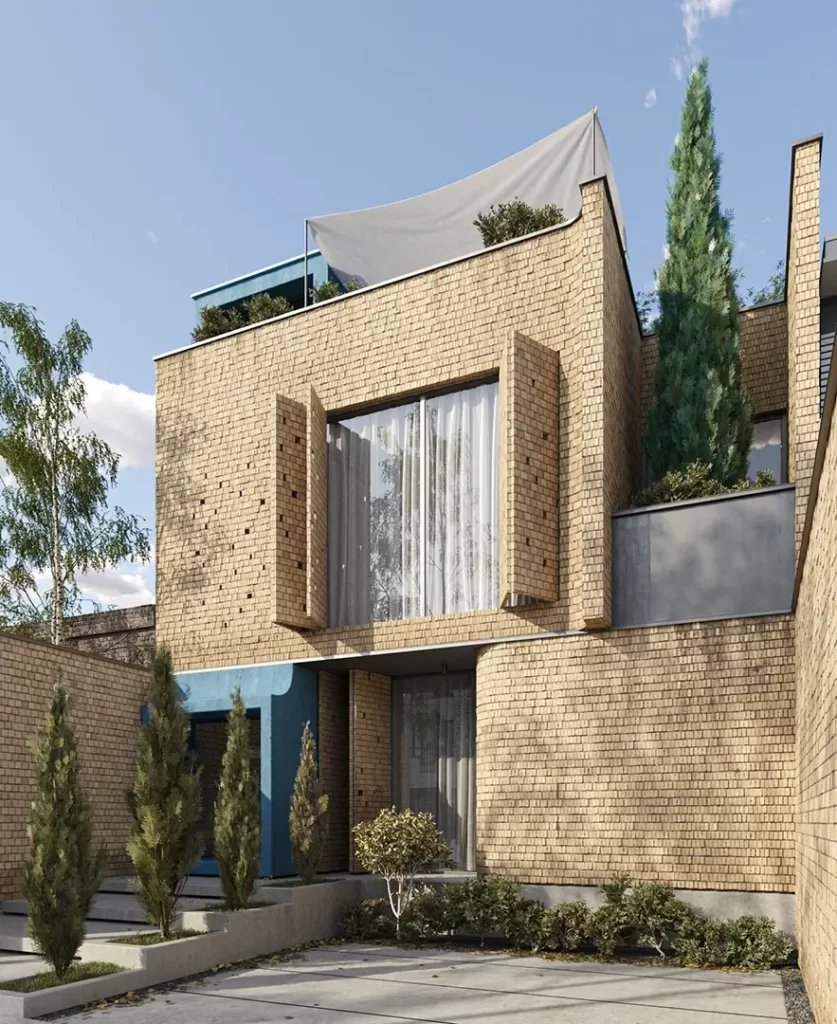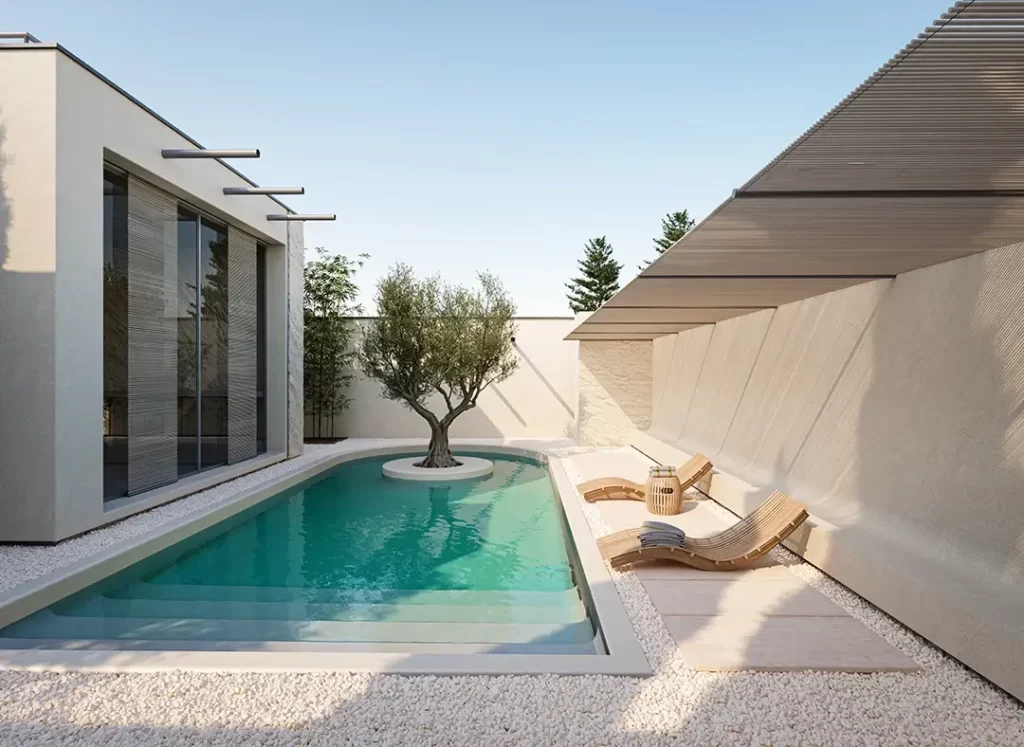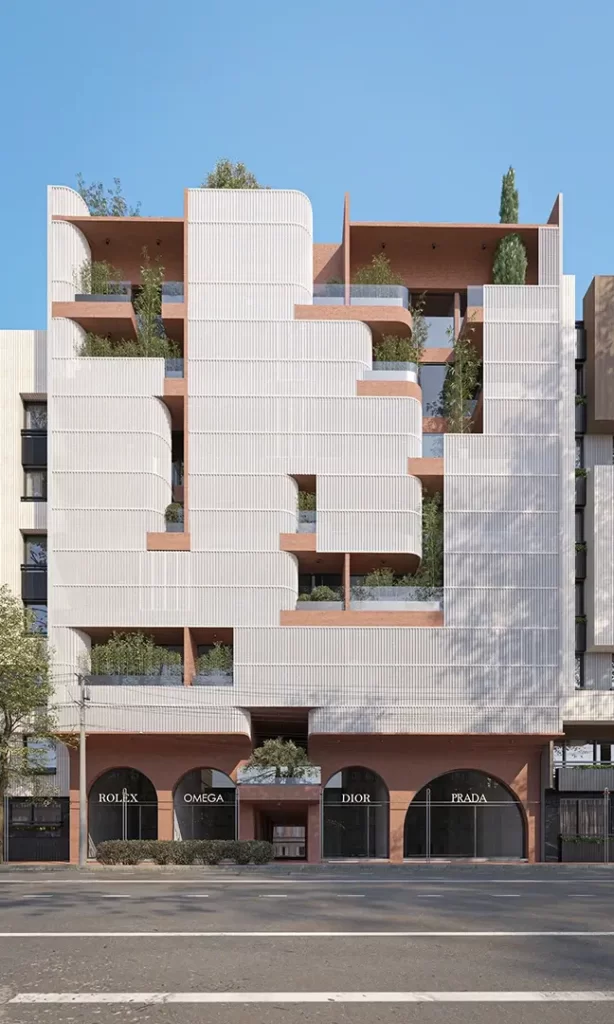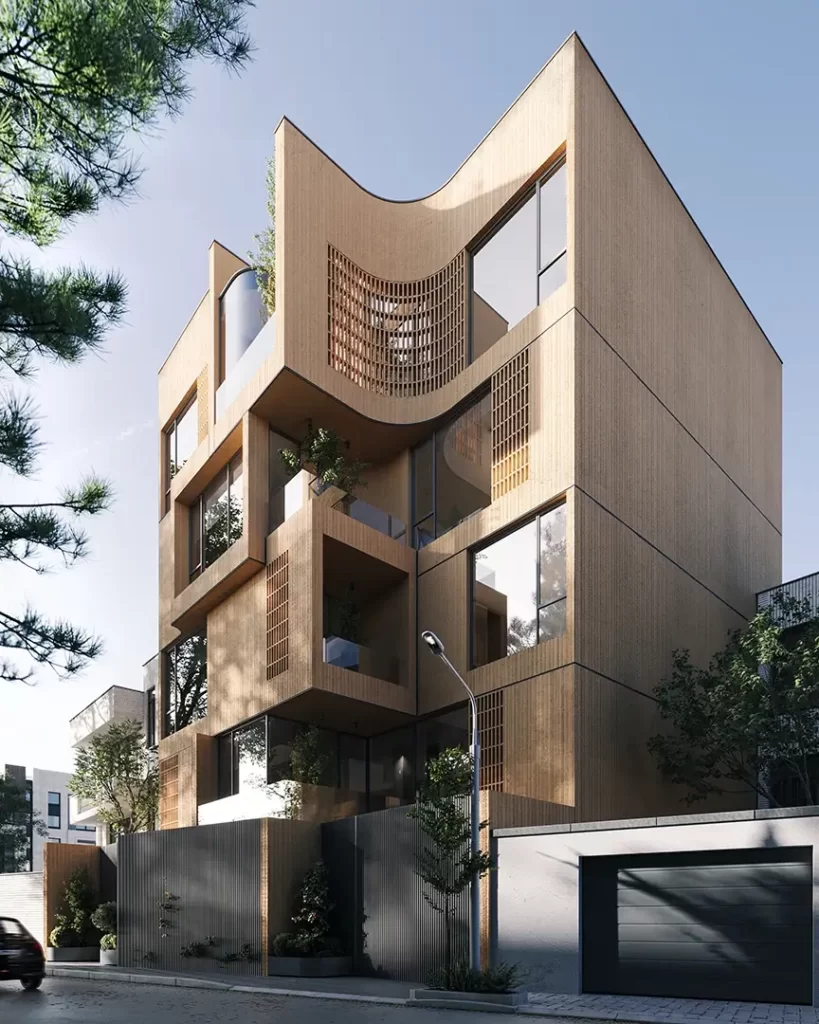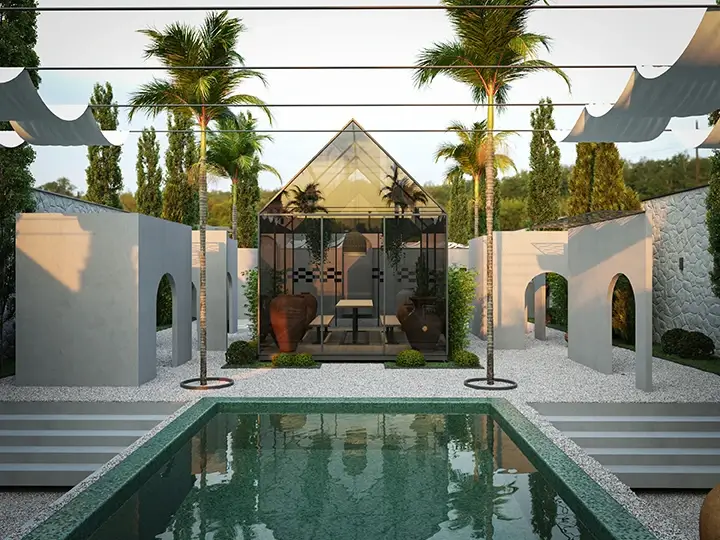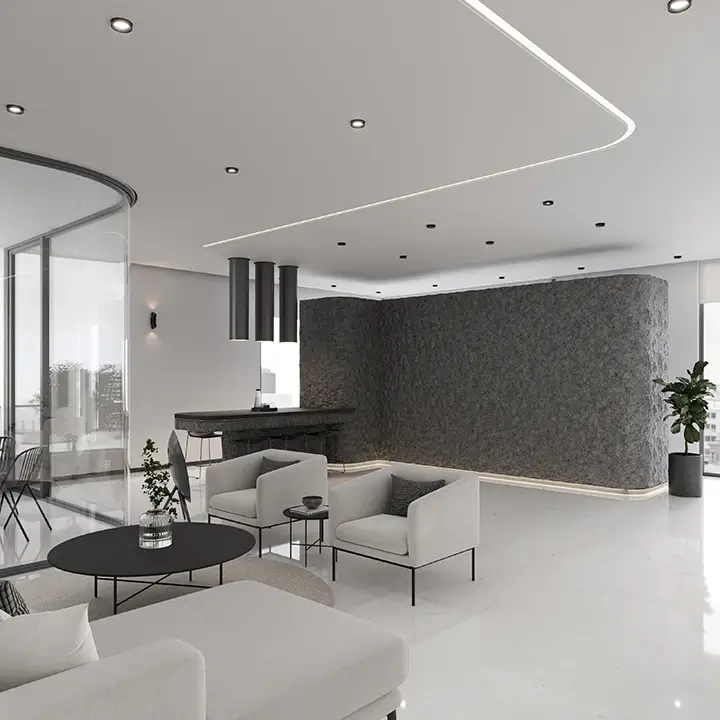Best Buildings 2019
Top Rank in the Best Buildings Festival – Facade Category
- Project Name: Diplomat
- Location: Qazvin, Shahid Beheshti Boulevard, opposite the Red Crescent, corner of Sana Alley, No. 140, Diplomat Building
- Architect: Amirahmad Rezaei
- Date: 2013 – 2018
- Client: Mohammad Hossein Gerousi
Mr. Diplomat
The Diplomat project can be considered one of those undertakings that gradually find their place within their context. Projects that, during the design and construction process, are also subject to the passage of time. This trajectory can be seen as two sides of the same coin:
On one side, due to delayed commissioning, the project may not be able to situate itself in the right time and place. In other words, given the rapid shifts in design styles and aesthetics, it might fail to serve as a marker of a specific era. On the other side, precisely because of its prolonged timeline, it can gradually adapt to its setting, settling into urban, cultural, and social contexts with a slower, more enduring rhythm.
Diplomat Biography
Sitting on a 460 m² site with a total built area of 2,262 m², the Diplomat project occupies a frontage along one of the main east–west arteries in the center of Qazvin—right at the boundary between its new and old fabrics. Such a location led the clients to seek a clear vision of what they aimed to create: a building distinct from the old fabric and a pioneering model within the newer one.
Accordingly, both façade and interior design were placed in a democratic competition, after which the present winning design was announced and set into motion.
Earlier, we spoke about the client’s overall vision for “what” the project should be—yet how did they frame it in the competition brief?
A) The building’s office function had to be explicitly reflected in the design.
B) The name “Diplomat” was chosen for the project by the investors.
C) The final design was to become one of the visual focal points of its urban fabric—recognizable and worthy of being granted landmark status.
The Diplomat and a City
Key contextual and potential characteristics of the site included:
1) Its location along an important traffic corridor in Qazvin.
2) The presence of both vehicular and pedestrian flows along the adjacent artery.
3) Proximity to the historic orchard belts (*Baghestan Kohan*).
4) Adjacency to several other office buildings.
5) The ability to influence future office architecture within Qazvin.
These factors reveal that—even though the project spent a relatively long time under construction and endured the wear of passing years—it has so deeply integrated into its setting that it maintains an unbroken connection to the above design considerations. This stands as evidence that democratic processes in choosing a designer can bring strong results.
Even without considering its geographic location, the Diplomat office building offers a coherent reading of itself. Its physical characteristics allow it to act like a sculpture within the urban fabric, becoming a recognized landmark. Such qualities include: a unified and freeform mass, open vantage points from various aspects of the building, a sculptural form conveyed to the viewer, and finally, a dominant color palette in harmony with the chromatic identity of its name.
In the end, one can point to the significant presence of this building throughout its construction phase in Qazvin, which demonstrated that—even when subject to time—architectural design can strengthen and enrich a city’s image.
